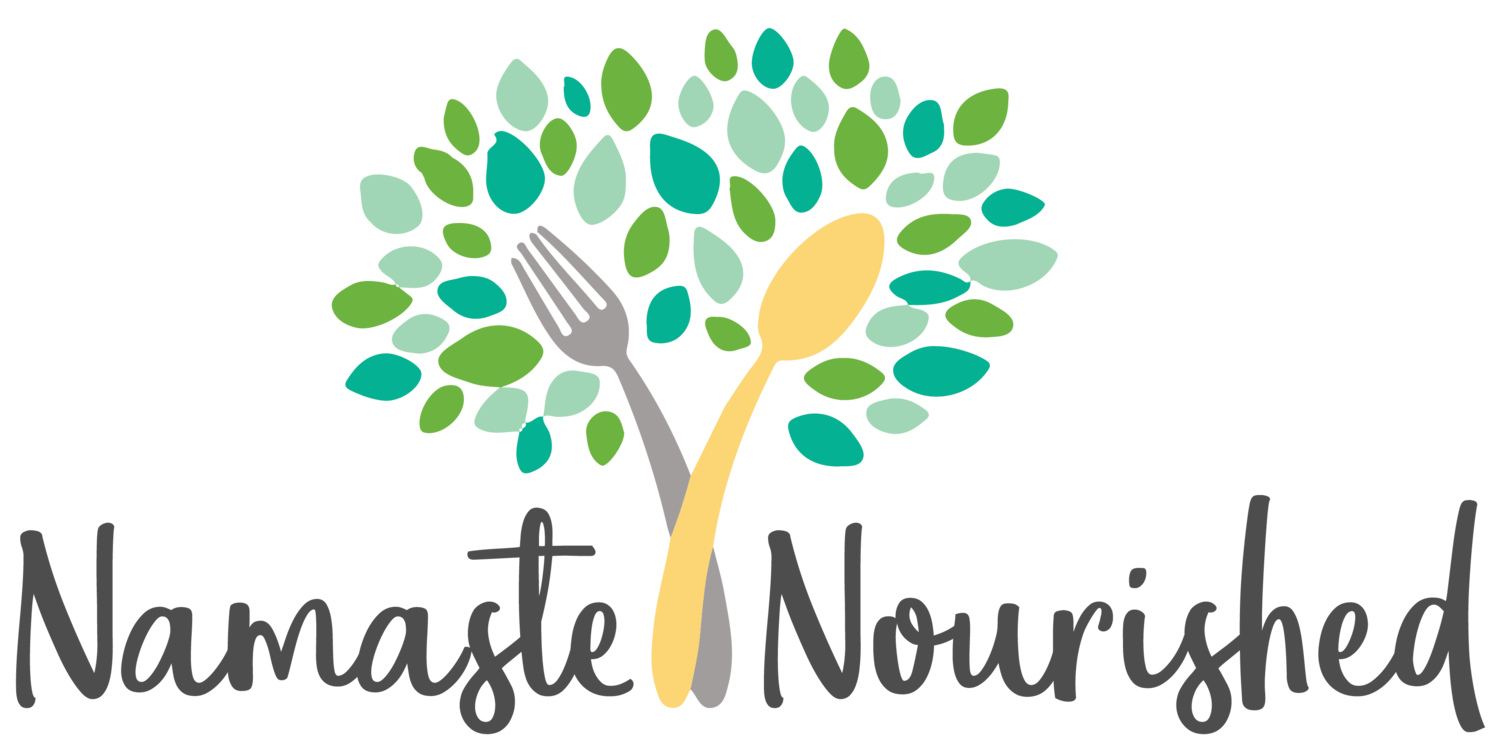Navigating Fall Foods in Eating Disorder Recovery: Comfort Without Guilt
Fall is here! The crisp air, cozy sweaters, and seasonal flavors make this a particularly enticing time for food. Pumpkin spice lattes, comforting soups, roasted vegetables, and holiday-inspired sweets often appear on menus and in homes. For someone in eating disorder recovery, these foods can bring both joy and anxiety. How do you enjoy Fall’s comfort foods without guilt, restriction, or fear?
Today, we’ll explore practical strategies for navigating seasonal foods in recovery while supporting your body, mind, and emotional well-being.
1. Reframe Comfort Foods
Many “fall foods” are labeled as indulgent or treat foods, which can create stress or guilt in recovery. Try shifting your language and allowing flexibility in:
Instead of: “I shouldn’t eat pumpkin bread, it’s bad.”
Try: “Pumpkin bread is a seasonal food I can enjoy, and it nourishes me. Food is allowed to be fun and pleasurable.”
Reframing helps reduce the morality around food and reminds you that all foods can fit in a balanced, recovery-oriented diet.
2. Use the Plate-by-Plate or Rule-of-3 Approach
Structured tools like plate-by-plate models or the Rule-of-3 approach can help you meet nutritional needs while still enjoying seasonal flavors, and bonus – this way of eating supports blood sugar regulation, and therefore mood regulation::
Plate-by-Plate: Visualize a balanced meal with protein, starch, and vegetables with fats somewhere a part of the meal. Add in a seasonal element, like warm apple cider, without feeling like you’re breaking rules.
Rule-of-3s: Plan 3 meals + 3 snacks a day. Fall foods can be incorporated as part of a snack or meal, making room for enjoyment while still meeting nutritional needs.
These approaches offer structure while still allowing for flexibility and fun, which can reduce anxiety around eating seasonal foods.
3. Introduce Seasonal Foods Gradually
Even in recovery, certain flavors or textures can feel challenging. Use exposure-based strategies to integrate seasonal foods:
Start small: you can start with a few bites of pumpkin pie or a spoonful of butternut squash soup, and gradually increase how much you eat.
Repeat: incorporate these foods multiple times in different settings to normalize them.
Pair with comfort: combine a seasonal food with something already familiar to your palate.
Over time, this approach reduces fear and helps you enjoy these foods as part of your fall experience.
4. Embracing Food Neutrality During Recovery
Fall foods are everywhere, often marketed as indulgent or “treats.” Recovery means rejecting the idea that foods are inherently good or bad. Strategies include:
Neutral language: call foods “fuels” or “flavors” or “just food” instead of “bad” or “naughty.”
Mindful eating: notice textures, flavors, and warmth without judgment. Notice how they feel in your mouth, how comforting they feel in your body, and how they help give you energy.
Permission-based approach: give yourself explicit permission to enjoy seasonal foods, which paradoxically often reduces anxiety.
5. Plan Flexibly Around Social Settings
Fall often comes with gatherings: family dinners, work potlucks, and Halloween treats. Tips for maintaining recovery:
Have a flexible plan: Eat normally for your other meals and snacks, and leave room for spontaneity at social events. Eat what looks interesting to you, knowing this is part of the fun.
Prioritize connection over perfection: Focus on enjoying the company and special foods rather than controlling every bite.
Practice self-compassion: It’s normal to feel nervous around food; permission and patience help you navigate these moments. Remind yourself that it’s okay to enjoy food and feelings are temporary
Final Thoughts
Fall foods don’t have to be a trigger, they can be part of a nourishing, joyful recovery experience. The key is structure without rigidity, gradual exposure, and permission to enjoy. Whether it’s a warm bowl of pumpkin soup, roasted root vegetables, or a slice of apple pie, recovery allows you to savor seasonal foods with tools to navigate tough emotions..
If you’re looking for extra support this fall, our team is here for you. We specialize in helping individuals navigate eating disorder recovery while still enjoying the comfort and connection that seasonal foods bring. Click here to schedule an appointment with a registered dietitian and find balance without guilt this season.

